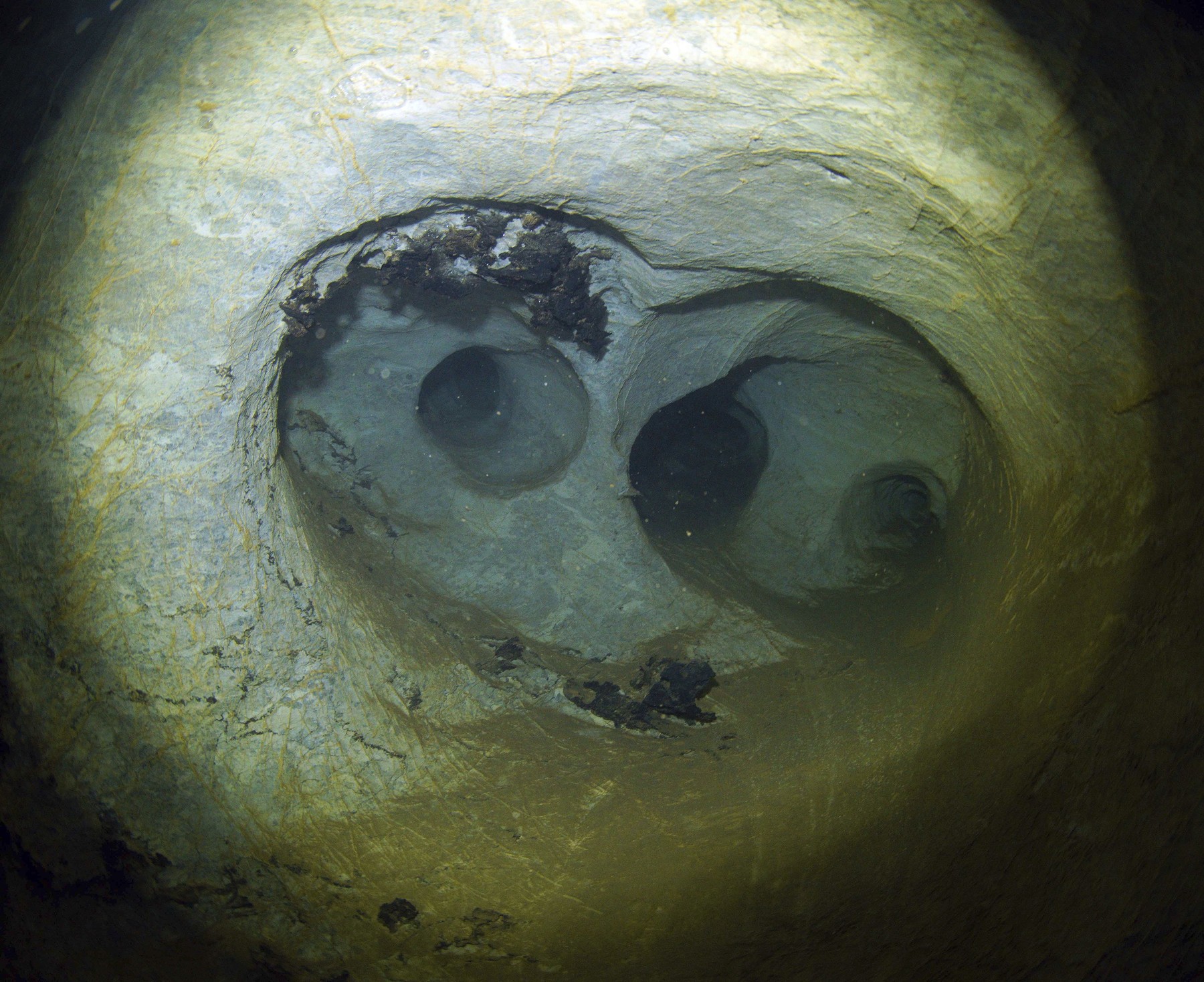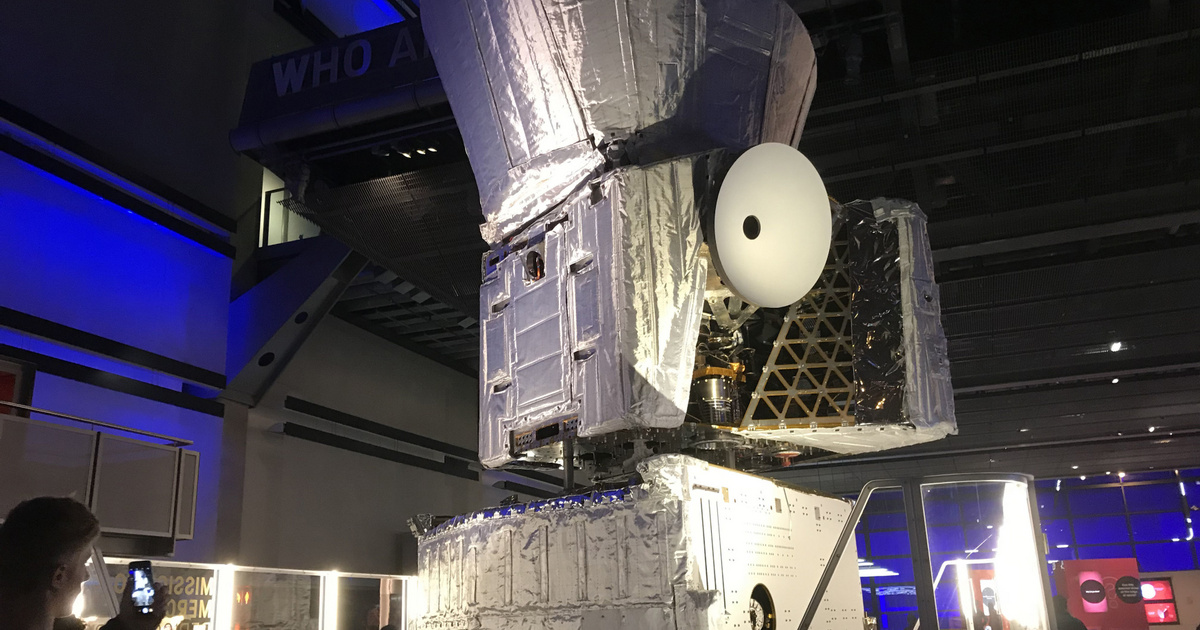MTI reports that the BepiColombo spacecraft, jointly launched by the European Space Agency, the European Space Agency and the Japanese space agency JAXA, will fly over Mercury for the first time on Saturday evening. The event takes place at 23:34 a.m. Greenwich Mean Time (GMT), 200 kilometers above the planet’s surface.
This is Mercury’s first mission in Europe. However, this will be your shortest visit. BepiColombo moves very quickly to circle the planet and fly directly through it.
However, under the influence of the gravitational force of Mercury, it will slow down somewhat, and as a result of the passages in the coming years, it will begin to orbit in a stable orbit around the planet over time. This will happen at the end of 2025.
A probe reaching Mercury will turn in two directions: a part called Bepi orbiting the planet in low orbit, and a part called Milo, made at the Japan Space Agency, will collect data from a greater distance from the planet.
The European Space Agency’s 1.3 billion euro space probe is doing an extraordinary mission. Mercury has an extreme temperature, the sun is very attractive and the sun’s rays create infernal conditions. Both probes are designed to withstand a temperature of 430 degrees Celsius, which marks the sunny side of the planet, and 180 degrees below zero cold on Mercury’s shadowy side.
Since the two-part structure currently obstructs the operation of the main high-resolution cameras, the first shots will be captured by the engineering cameras located on the outer surface of the probe. The resulting black and white images will be of sufficient quality for experts to identify some of the known surface formations on them.
The European Space Agency has promised to compile the footage into a motion picture and is due to be shown on Monday.
Hungarian researchers also participated in the development of BepiColombo. Among other things, they were involved in an ion mass spectrometer project called Planetary Ion Camera (PICAM), which serves as a charged particle camera to study the series of surface ionization processes. The low-voltage power source powering the device was developed by engineers at the Mign Wigner Center for Physics Research, as well as a BepiColombo simulation environment. The goal of the mission is to learn as much as possible about Mercury, which is slightly larger than the moon that accompanies the Earth and has a massive iron core. So far, only two NASA spacecraft, Mariner10 and Messenger, have been able to get close to Mercury.









































